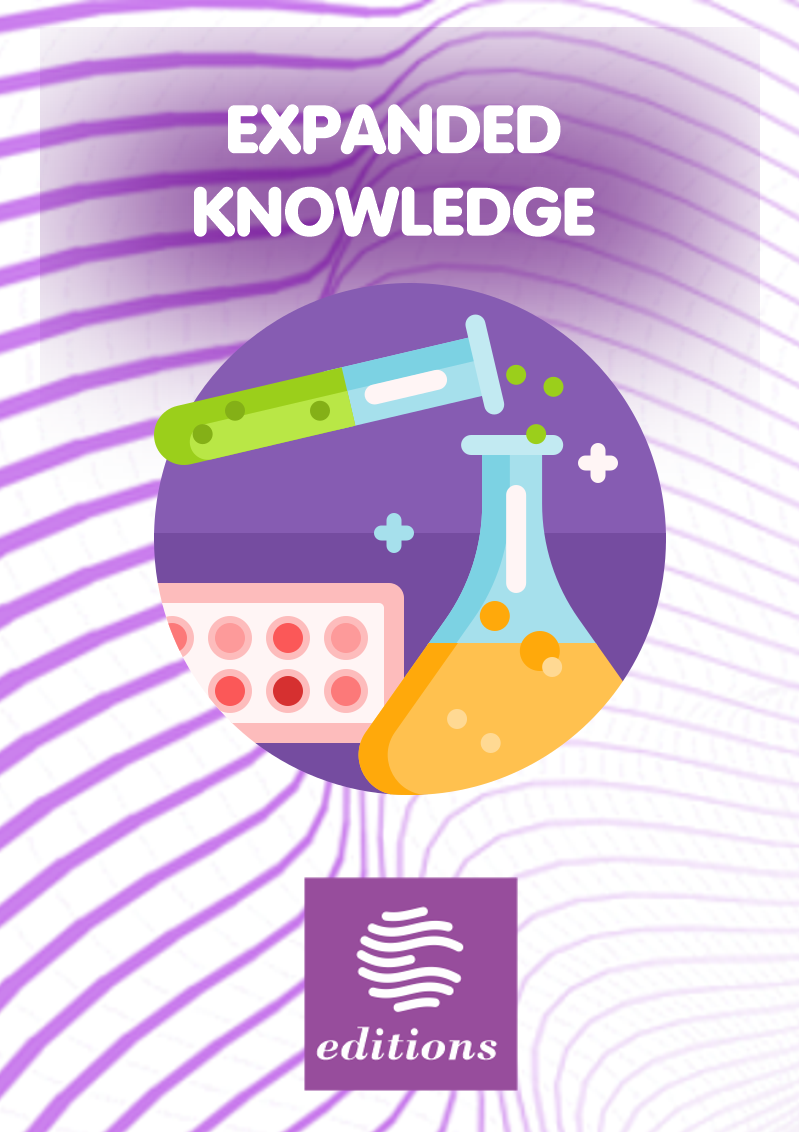Coagulation tests of waste pulp from copper mineral processing
Testes de coagulação de polpas de rejeitos do processamento mineral de cobre
Palavras-chave:
Dewatering, Coagulant, Aluminum sulfate, Cost benefit, Mining tailingsResumo
The sustainable use of water in mineral processing is essential for maintaining the ecosystem that supports the mining environment and, consequently, for the operation itself that uses water resources. As an area that has such a finite resource as a basic operating condition and that uses this resource on a large scale, it is necessary to constantly seek to optimize its use, having as pillars quality and economy in the treatment of effluents generated. It is in stages like this that coagulating reagent work. In the processing unit in question, more than 90% of the water is recirculated and reused, a process that relies on the support of a coagulant to accelerate the sedimentation of solids and guarantee the reuse of water of sufficient quality to provide operations with the solvent necessary for the environment. physicochemical. The coagulant currently used in tailings dam operations is aluminum sulfate. Due to the high use and cost spent on this reagent, tests were conducted with two other alternative coagulants (iron III chloride and iron III sulfate), comparing the cost-benefit between the reagents assessed. To this end, a cost-benefit factor was used, calculated using the cost of the reagent, dosage, residual turbidity of the clarified liquid and the sedimentation speed of the solids. After the tests, it was found that aluminum sulfate, the reagent used in the operation until then, was the best option among the reagents assessed. However, a reduction of 21.43% in the dosage currently used of this reagent by the company, maintaining the final turbidity target is possible, thus generating cost reduction.
Downloads
Referências
AUGUSTO, R. A.; MONTEIRO, L. V. S.; XAVIER, R. P.; SOUZA FILHO, C. R. Zonas de alteração hidrotermal e paragênese do minério de cobre do Alvo Bacaba, Província Mineral de Carajás (PA). Revista Brasileira de Geociências, São Paulo, 38(2), p. 263-277, 2008.
AZEVEDO NETTO, J. M.; MANFRINI, C.; CAMPOS, J. R.; POVINELLI, J.; PARLATORE, A.C.; HESPANOL, I.; ROSSIN, A. C.; YAGUINUMA, S.; Técnica de Abastecimento e Tratamento de Águas. 3. ed. CETESB: São Paulo, p. 317, 1987.
BARTON, M. D.; JOHNSON, D. A. Footprints of Fe-oxide(-Cu-Au) systems. In: SEG 2004: Predictive Mineral Discovery Under Cover. Centre for Global Metallogeny, Spec. Pub. 33, The University of Western Australia, p. 112-116. 2004.
BIONDI, J. C. Sistema Hidrotermal Magmático. In: Processos metalogenéticos e os depósitos minerais brasileiros. 2. ed. São Paulo: Oficina de Textos, 2003. Cap. 3, p. 103-256.
BRASIL. Resolução CONAMA nº 430, de 13 de maio de 2011. Diário oficial da União: Brasília, DF, p. 4, 2011.
CARVALHO, C. C. G.; SANTOS, M. F. Manual de operação e manutenção de estação de tratamento de água. ALCON Química: São Paulo, p. 46, 2002.
CHAVES, A. P. (Org.) Teoria e Prática do Tratamento de Minérios. 3. ed. São Paulo: Oficina de Textos, 512 p., 2013, v. 4.
COX, D. P.; SINGER, D. A, Descriptive and grade-tonnage models and database for Iron Oxide Cu-Au deposits. U.S. Geological Survey Open-File Report 2007-1155, p. 1-13, 2007.
DI BERNARDO, L., DANTAS, A. B., VOLTAN, P. E. N. Métodos e técnicas de tratamento de água. 3. ed. LDiBe Editora: São Carlos, p. 1246, 2017.
FRANÇA, S. C.; ANDRADE, M. C.; SAMPAIO, J .A. Água no processamento mineral. In: LUZ, A. B.; SAMPAIO, J. A.; FRANÇA, S. C. A. Tratamento de Minérios. 5. ed. CETEM: Rio de Janeiro, 2010. Cap. 18, p. 795-827.
GUILBERT, J. M.; PARK JR, C. F. The geology of ore deposits. W. H. Freeman and Company: New York, p. 985, 2007.
Instituto Brasileiro de Mineração (IBRAM). Gestão e manejo de rejeitos da mineração. Brasília, 128 p., 2016.
LEVAY, G.; SMART, R. S. C.; SKINNER, W. M. The impact of water quality on flotation performance. The Journal of the South African Institute of Mining and Metallurgy, 101(2), p. 69-75, 2001.
MENDES, C. G. N. Estudo da coagulação e floculação de águas sintéticas e naturais com turbidez e cor variáveis. Tese (Doutorado em Engenharia Hidráulica e Saneamento) – Escola de Engenharia de São Carlos, Universidade de São Paulo. São Paulo, p. 238, 1989.
MONTEIRO, L. V. S.; XAVIER, R. P.; CARVALHO, E. R.; HITZMAN, M. W.; JOHNSON, C. A.; SOUZA FILHO, C. R.; TORRESI, I. Spatial and temporal zoning of hydrothermal alteration and mineralization in the Sossego iron oxide–copper–gold deposit, Carajás Mineral Province, Brazil: paragenesis and stable isotope constraints. Mineralium Deposita, 43, p. 129-159, 2008.
NAPPER, D. H. Polymeric stabilization of colloidal dispersions. Academic Press: London, pp. 428, 1984.
PAVANELLI, G. Eficiência de diferentes tipos de coagulantes na coagulação, floculação e sedimentação de água com cor ou turbidez elevada. Dissertação (Mestrado em Engenharia Hidráulica e Saneamento) – Escola de Engenharia de São Carlos, Universidade de São Paulo. São Paulo, p. 233, 2001.
SHIMIZU, V. K. Classificação e caracterização de tipos de minérios de cobre da Mina do Sossego - Região de Carajás. Dissertação (Mestrado em Engenharia Mineral) – Escola Politécnica, Universidade de São Paulo. São Paulo, p. 138. 2012.
VALE. Manual de operação de usina. In: Arquivo de projeto Vale S/A. Marabá, 2011.
VALENCIA, J. A. A. Teoria, Diseño y Control de los process de Clarificacion del Agua. Centro Panamericano de Ingenieria Sanitaria Y Ciencias de Ambiente (CEPIS): Lima, p. 558, 1972.



